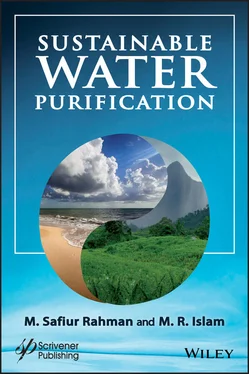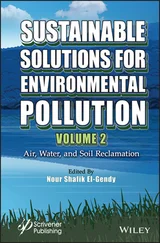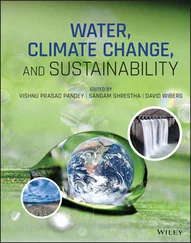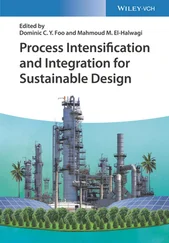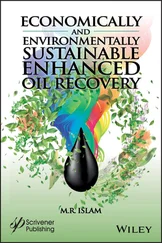1.1 Opening Remarks
Water is synonymous with life. This has been the case since the pre-historic time to modern era (Tsiaras et al. , 2019). While the indispensability of water for sustaining life is well known, water being the first creation and as such the ubiquitous phase on earth as well as the cosmos is little known in the modern era. This is a typical problem related to New Science, which disconnected modern knowledge from the previous annals of science. In the pre-Socratic cosmogony of Thales, considered to be the first ‘element.’ *This was more than a poetic gesture, it was rather an attempt to answer the question: “What is the common stuff from which everything is composed?” This notion of water being the first creation permeated through Christianity. In Genesis 1:1-2, it is stated, “And the Spirit of God was hovering over the face of the waters”. Quran (11:7) points to the existence of water before any other creation, the exact word being: “and His (creator’s) throne/dominion extends on the water - that He might manifest to you, which of you is best in action....” (Qur’an 11:7). This throne is similar to the notion of ‘lotus’ in ancient India (Tresdder, 1997). This, in addition to indispensability of water for sustainability of humans (67:30; 24:54) as well as overall origin of every life on earth (24:45). Islam (2014) presented the scientific justification of water as both the first matter of cosmos as well as the first material of life. As such, Islam (2014) characterized water as the ubiquitous phase. It follows that the purity of water is pivotal to global sustainability. For human health, water is the vehicle for carrying nutrients to all cells in our body and oxygen to our brain. Water allows the body to absorb and assimilate minerals, vitamins, amino acids, glucose and other substances. Water flushes out toxins and waste. Water helps to regulate body temperature and maintains the overall metabolism for sustaining life. As such, humanity, civilization, the environment, and the cosmos are all connected seamlessly (depicted in Picture 1.1).
Modern investigation in material science has been marred with the first premise, which is inherent to the Big Bang theory. The fundamental premise is: creation is made in two stages, namely 1) fundamental element is created out of nothing; 2) all other elements evolve from fundamental element. This theory considers hydrogen atoms as the first material in existence, thus creating paradoxical depiction of mass and matter. In the past decade, observations from space and the ground have found water to be the most abundant molecular species, after hydrogen, in the atmospheres of hot, gaseous extrasolar planets (Tsiaras, 2019). However, as early as 2011, evidence surfaced that the existence of hydrogen molecules is not factual and comes from the assumption that hydrogen is the first ‘element’ to come to existence. Khan and Islam (2016) point to the fact that scientists actually look for water molecules even in outer galaxy to consolidate the claim that the assumption that hydrogen, which is not the most abundant molecule in universe.

Picture 1.1Humanity, civilization, environment and the cosmos are all connected through ubiquitous water and ‘vital force’ (Photo: Rola Iceton, published with permission).
With the premise that water is the first ‘element’ in existence, the existence of ‘energy’ and its natural state can be properly retooled. Islam (2014) introduced the concept of characteristic time to assure sustainability. It involves identifying natural state of a matter, which is dictated by the time function. Table 1.1 shows fundamental properties of tangible (e.g. matter) and intangible (e.g. energy). The tangible-intangible duo can be regarded as a yin-yang. In ancient Chinese, as well as ancient Indian culture, water and fire are considered to be the original yin yang. The term ‘fire’ represents energy (Qi in Chinese, 氤 often translated as ‘vital force’, “material energy”, “life force” or “energy flow” in figurative sense and ‘air’ in literal sense).
Table 1.1 shows the yin yang nature of energy and matter. The yin yang shows contrast as well as interdependence. For instance, no matter is produced without energy and no energy is produced without matter. Water is needed for plant, which is then needed for fire. This logic also shows nothing is natural (hence sustainable) unless it is part of the positive negative cycle. For instance, fire without water is not real. That would explain why diamond cannot be set on fire even though it is made out of carbon. Similarly, the presence of mass would indicate the presence of energy. This would make the existence of zero energy and infinite mass an absurd concept, even though new cosmic physicists routinely tout that notion (Krauss, 2012).
Table 1.1The tangible and intangible nature of yin and yang (From Islam, 2014).
| Yin (tangible), water |
Yang (intangible), ‘energy’ (Qi) |
| Produces form |
Produces energy |
| Grows |
Generates |
| Substantial |
Non-Substantial |
| Matter |
Energy |
| Contraction |
Expansion |
| Descending |
Ascending |
| Below |
Above |
| Water |
Fire |
Figure 1.1 depicts a water-fire yin yang. It shows how yin and yang encircle each other alternating as a continuous function of time. As time progresses, yin becomes yang and vice versa. This progression confirms the existence of characteristic time function for every object at every scale. Within the limitations of natural traits that is finite, the following picture depicts the role of two counteracting entities being held in harmony by the ‘mother’, the one that dictates the universal order (Islam, 2014).
This most important takeaway of this discussion is that water and energy form the foundational yin yang pattern and sustainability is making sure they are at their natural state. As we will see in Chapter 2, this gives a new and scientifically accurate starting point for discussion of sustainability. With this definition, all other descriptions in physics and chemistry have to be retooled. For instance, even the term ‘gravity’ bars an implicit assumption that the force between two objects is uniquely related to their masses, independent of other factors, such as history, or current state of motion. Scientifically, if two objects are in natural state, the force between them would be different from that prevailing if at least one of them is not.
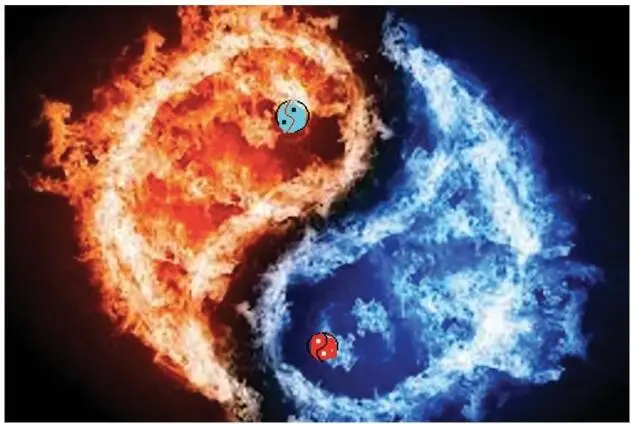
Figure 1.1Water-fire yin yang, showing how without one the other is meaningless.
1.2 Climate-Water-Food Nexus
Climate-Water-Food nexus epitomizes current civilization that depends on energy as the driver. As such it is one of the most popular themes used in both sustainability and climate change research (Hellegers et al. , 2008; Bazilian et al. , 2011). Table 1.2 shows key elements of the water component of the nexus.
The primary energy source of the Earth is the sun. The sunlight is essential to photosynthesis that requires CO 2and water as well as the presence of a plant biomass. As such, CO 2is integral to the Energy-Water-Food nexus (Figure 1.2). In this process, any pollutant added to the process that produces CO 2can alter the quality of food, which then can alter the entire water cycle, thus forming a ‘spiraling down’ mode in the overall ecosystem. In an agricultural process, any artificial chemical added to the water or soil system will affect the quality of food. Equally impactful is the overall composition of the atmosphere and the temperature, because each of the oxidation reactions is a sensitive function of temperature and composition. Even a small amount of toxins can alter the natural pathway irreversibly through catalytic actions. In connection with environmental resource management, the term nexus was introduced for the first time during the 1980s, notably in a project by the UN University (Food-Energy Nexus programme, as pointed out by Sachs and Silk, 1990). However, the Nexus Approach only gained prominence in international academia and policy circles in the lead-up to the Bonn Conference (2011) on the “Water, Energy and Food Security Nexus”. The well-known definition of ‘nexus’ was reinforced in this conference to delineate “management and governance across sectors and scales”, reducing trade-offs, and building synergies, overall promoting sustainability and a transition to green economy (Hoff, 2011).
Читать дальше
